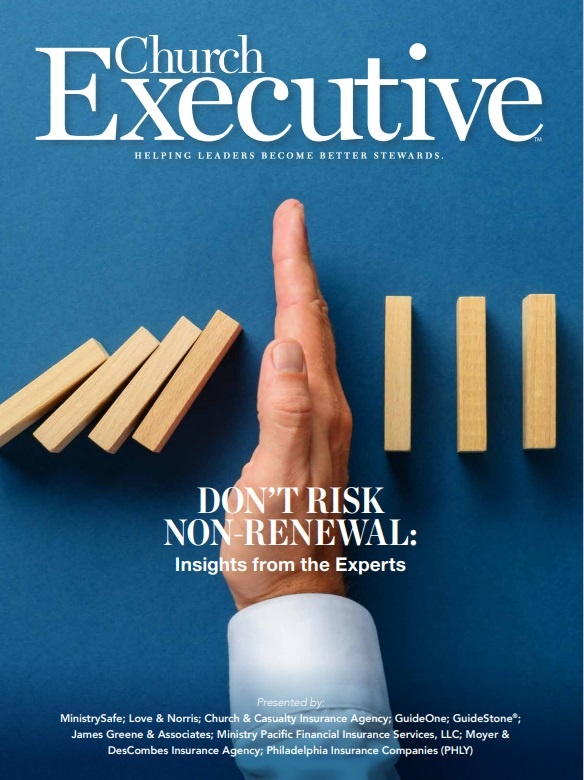
 Proper documentation is essential to the defense of future claims and in the insurance underwriting process.
Proper documentation is essential to the defense of future claims and in the insurance underwriting process.

Senior Risk Manager
GuideOne Insurance
One of the challenges insurance carriers face is defending organizations in lawsuits involving alleged abuse. Sexual abuse and misconduct claims are unique in that the claim is most often brought years after the alleged activity. Given the extended statutes of limitations for civil liability for sexual abuse reporting in many states, these claims are often brought years or even decades after the alleged incident(s).
Here are two examples of the types of claims submitted to GuideOne Insurance:
1) Claimant alleges negligent hiring and supervision in a denominational office overseeing a church where misconduct is alleged to have occurred in the late 1970s and early 1980s.
2) Claimant alleges negligent supervision of an employee at a church-affiliated school where sexual misconduct is alleged to have occurred in the mid-1980s.
When defending against claims of negligent hiring and supervision, it’s useful to review the personnel or volunteer records (for example, hiring and termination dates, background checks, training records) as well as the organization’s policies and procedures that were in place at the time of the alleged abuse or misconduct. Therefore, it’s prudent for churches to re-evaluate their document retention and document destruction policies. This is important given that the personnel involved at the time no longer be available to testify, and/or their testimony becomes difficult, given the time that has passed. Without these documents, it can be difficult to defend the organization’s abuse prevention efforts in a deposition or trial. In an occurrence-based policy, the carrier may be in a position to defend the organization in 2057 for activity occurring in 2024. This is why insurance carriers request organizations to provide documented procedures that substantiate the abuse prevention efforts of the organization.

To further illustrate, in the examples listed above, GuideOne is looking for documentation of procedures that support the organization’s abuse prevention programs. We understand that the organization is likely doing most of what we are asking. The challenge is sourcing documentation of these procedures that we can use in court, if necessary, to defend the organization’s abuse prevention efforts.
Examples of the types of documented processes and procedures to assist an insurance carrier in defending against such claims include:
• A documented process for running background checks on all employees and volunteers.
• A consistent, documented training process for all employees
and volunteers.
• Documented policies and procedures that demonstrate implementation of safeguards and other measures that have been put into place (for example, the “two-adult rule,” an employee handbook, a volunteer handbook, and so on).
• A mandatory written procedure to report suspected abuse both internally to organizational leaders and externally to civil authorities. Also, a procedure to ensure that no leader acts as a gatekeeper to prevent reporting.
• A written plan which provides for:
• Investigating the alleged abuse (including peer-to-peer abuse)
• Protecting the victim and preventing them from being further victimized
• Ensuring the investigations are performed by qualified, unbiased individuals or organizations
• A documented policy to suspend any alleged offender until any investigation is complete, to ensure there is no contact between the alleged offender and the victim.
• A process to immediately report all allegations of abuse as an insurance claim.
Changes in the cultural and legal landscapes have necessitated changes in how insurance carriers underwrite abuse coverage. Churches should be prepared for additional questions and required documentation to obtain or maintain coverage, but such requirements will hopefully reduce these types of incidents and additional documentation may provide a better defense for the organization in the future.
Brian Gleason has spent most of the past 30 years working with and for churches, schools and nonprofits as an employee, consultant and board member. His experience includes insurance, occupational health and safety, human resources issues and emergency management.
Prior to his career at GuideOne, [ www.guideone.com ] Gleason spent 20 years as the risk manager of a university in southern California. He earned his MBA, is a Certified School Risk Manager and speaks and writes regularly on a variety of topics related to risk management.


